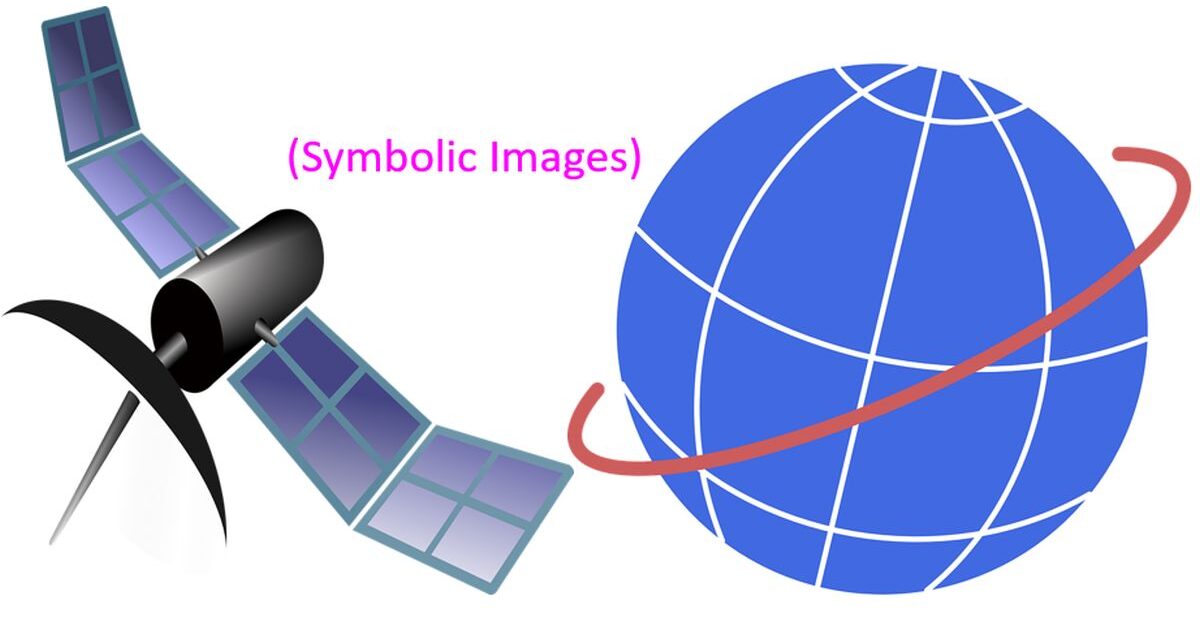What are LEO, MEO and GEO Among Amateur Radio Satellites?
What are LEO, MEO and GEO Among Amateur Radio Satellites?

The classification into LEO, MEO and GEO applies to satellites in general and not just Amateur Radio satellites. LEO means Low Earth Orbit and MEO means Medium Earth Orbit. Most of the amateur radio satellites are in LEO. Altitude of LEOs range from 160 to 2000 Km, while those of MEOs from 2000 to less than 35786 Km. 35786 Km is the altitude for a geosynchronous orbit, meaning that the satellite takes one day to complete an orbit. They return to the exactly same point in the sky after one day. They could rotate in the same direction as the earth or in opposite direction.
GEO stands for Geostationary Equatorial Orbit and is a type of geosynchronous orbit. In this case the satellite appears stationary above the same point on the earth’s surface. The most important advantage of a GEO is that antenna movement is not needed to track the satellite. Currently there is only one GEO for amateur radio out there, which is the Qatar Oscar 100. QO 100 has an uplink at 2.4 GHz and downlink at 10 GHz band.
LEO satellites are much smaller and naturally less expensive compared to a GEO. They need smaller and cheaper launch systems. But they oribit the earth many times a day and cover a region for only a short period of time. Moreover, you need to know the exact timing and position on the horizon where the satellite appears. You also need to know the path it takes to the opposite horizon. All these are available in satellite tracking websites. A good directional antenna system which can be moved in multiple planes mechanically or manually is needed. International Space Station is in a LEO with a period of about 93 minutes. Of course, it is very much larger than a usual LEO.
An example of a MEO is the GreenCube or Italy-OSCAR 117 (IO-117) which orbits the earth at an altitude of 6000 Km. It has a period of 228 minutes. GreenCube has digipeater on 435.310 MHz, in the 70 cm amateur radio band.
Two types of HEOs are also out there. One is a highly elliptical orbit and another is a high earth orbit. Highly elleptical orbits, as the name implies, is grossly elliptical, with large difference between the nearest pass to earth known as perigee and farthest pass known as apogee. High earth orbit is one which is above the GEO altitude.